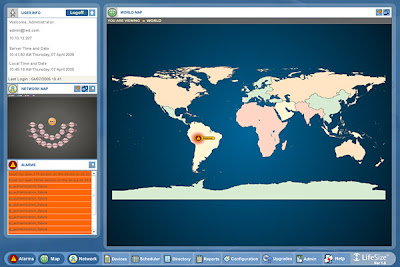
Audio and web conferencing allows companies to communicate with people across the globe in real time. It is no wonder that these methods are gaining in popularity. It is true that a real face-to-face meeting is sometimes called for, but the sheer expensive of sending a representative to another state or another country is daunting.
There are travel expenses, food reimbursement, and accommodation expenses. The question you should be asking is whether it is worth it.
This is particularly true when you consider the full abilities of an audio conference or a web conference. Let us begin with a study of the mode of audio conferencing. An audio conference lets anyone with the proper phone setup enter a virtual meeting and discuss the veritable plethora of issues that may come up. It effectively pulls them all into your board room without your having to pay anything more than the small cost of setting up the teleconference.
Current technology even allows for teleconferencing across the world without incurring the high cost of long distance minutes. Looking to cut costs? You should take a look at some of the bargains on offer.
That is just an audio conference. The web conferencing method has even more potential. All you need is a standard internet connection with an established chat room or discussion zone. If you are looking to save on costs, this is the way to go. Then, you just have to setup a web cam and a connected visual display screen, and it will really be like the other people are in the room with you.
This gives it the feel of a real meeting and it can even keep up the feeling of professionalism, since board rooms are often the best place to setup for your part of the meeting. Ever since we saw the rise of web conferencing, there has been a drop in the number of regular conferences.
For a quick review, a web conference will let you go a step further and have a virtual meeting with employees and clients from across the world and you can actually see them and talk to them in real time. The move away from the traditional meeting has been partly because this method is far more cost-effective.
Organizations are now recognizing that there is great potential to save on costs by employing the mode to carry out meetings. The technology that connects friends and relatives over the internet can now be used to connect you to all of your important contacts at a price that easily fits into the budget. If a web conference or an audio conference even helps your business acquire one more client, then it should be worth it.
The setup costs are low and there are plenty of providers available that offer a wide range of features, letting you choose a plan that has everything you need and without paying for what you don't. Audio and web conferencing are bound to become the necessities of tomorrow. They stand to eliminate the need for expensive travel except in extreme circumstances.
Perhaps the future might become fully dependent on audio and web conferencing as the traditional meeting falls out of favor.



